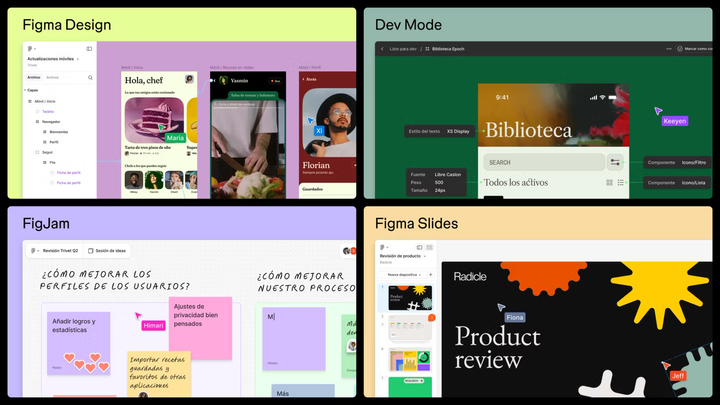YouTube Launches AI Disclosure Requirements
YouTube strengthens AI transparency with new disclosure requirements for creators uploading realistic content generated using artificial intelligence tools. This update aims to combat misinformation by labeling deepfakes and manipulated media.

YouTube is implementing new measures to enhance transparency regarding content created with generative AI (artificial intelligence) tools. Creators will now be required to disclose when their uploads contain realistic-looking content generated using AI. This disclosure aims to mitigate the spread of misinformation through deepfakes and manipulated media.
The platform has introduced a new checkbox within Creator Studio. When uploading content, creators must select this checkbox if the content is "altered or synthetic and appears real." This selection triggers the display of a marker on the video, alerting viewers that the footage is not authentic.
According to YouTube, the new label is designed to:
- Bolster viewer transparency
- Foster trust between creators and audiences
Examples of content requiring disclosure include:
- The use of realistic likenesses of people
- Modifications to footage of real-world events or locations
- The generation of realistic, yet fictional scenes

It is important to note that not all AI usage necessitates disclosure. The new rules do not apply to:
- AI-generated scripts or production elements
- Clearly unrealistic content (e.g., animation)
- Color adjustments, special effects, and beauty filters
However, any content that has the potential to mislead viewers requires a label. YouTube reserves the right to add a label if the use of synthetic or manipulated media is detected in an upload without proper disclosure.
This initiative represents the latest step in YouTube's commitment to AI transparency. In 2023, the platform implemented initial requirements for AI usage disclosure through user-facing labels. This update builds upon those efforts by introducing stricter guidelines for transparency with simulated content.

The increasing prevalence of AI-generated content necessitates such measures. Incidents of confusion caused by manipulated visuals, particularly in political campaigns, highlight the potential for misuse. As AI technology continues to evolve, the ability to discern genuine content from AI-generated content will likely become more challenging.
While disclosure rules provide platforms with an enforcement mechanism, their long-term effectiveness remains uncertain. Solutions like digital watermarking are being explored to assist platforms in identifying AI-generated content. However, such methods may not be foolproof, especially in cases where users share or re-record AI content, potentially circumventing detection mechanisms.
As generative AI technology advances, particularly in video generation, differentiating between real and artificial content will become increasingly difficult. Disclosure rules, like those implemented by YouTube, are crucial in the fight against misinformation. However, ongoing development in the field of AI necessitates the exploration of additional solutions to ensure responsible use of this powerful technology.



